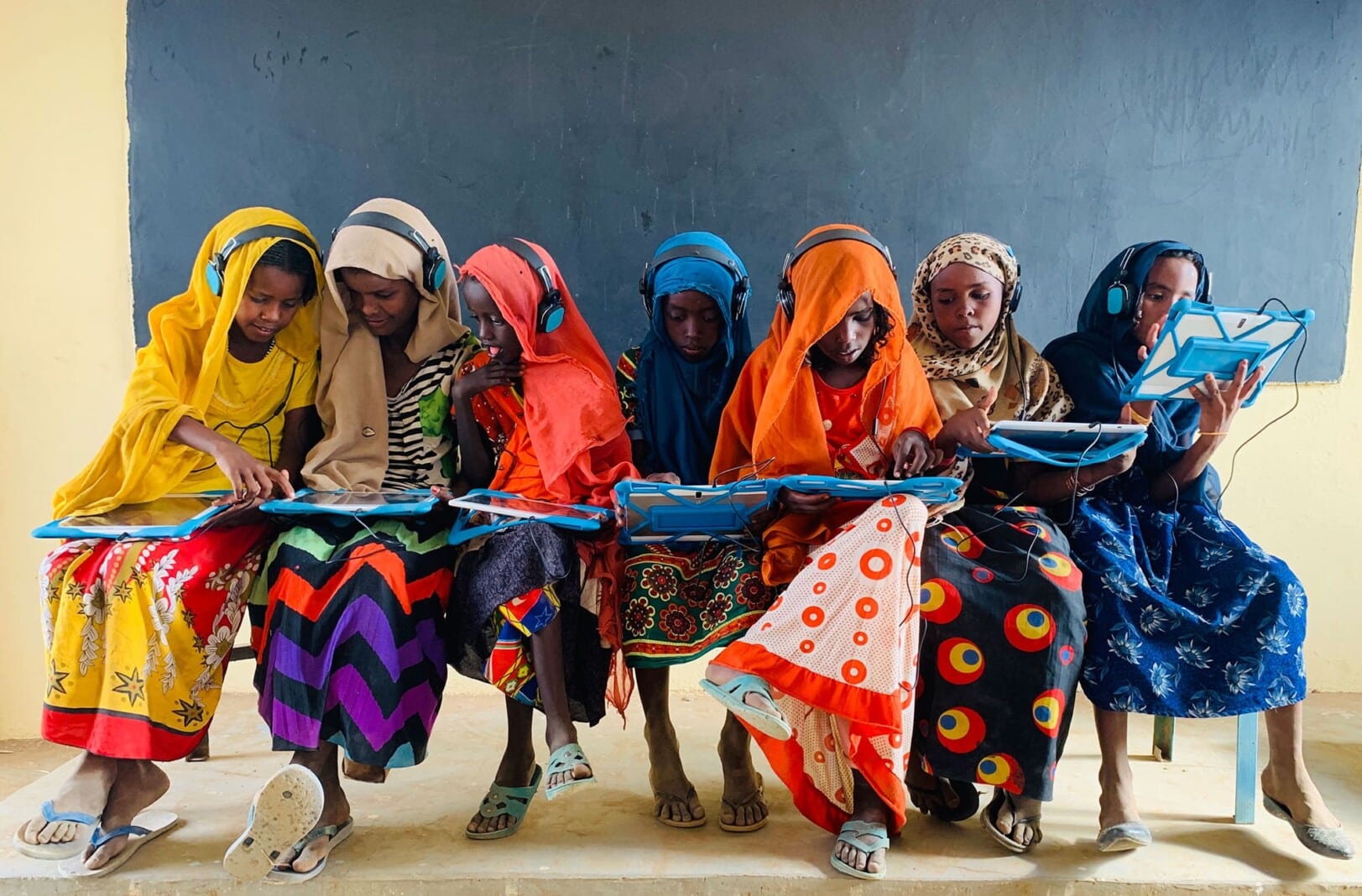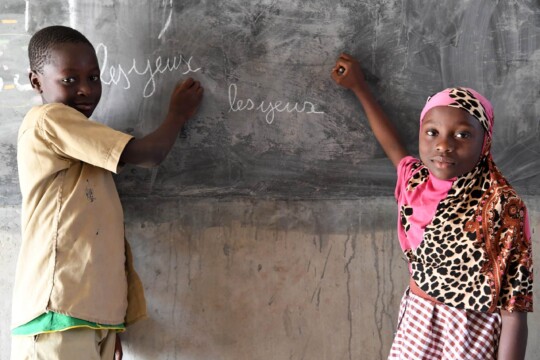Digital inclusion has become an increasingly important part of everyday life, needed for success in both the classroom as well as the world of work, and in some contexts increasingly important for accessing services. However, this report highlights that a majority of youth in low- and middle-income countries are not connected to the internet, have limited digital skills, and do not own a mobile phone. Adolescent girls and young women are especially disadvantaged. Evidence shows that 9 out of 10 adolescent girls and young women are offline in low-income countries.
Key findings
1. In the vast majority of countries and territories analysed, adolescent girls and young women face significant disparities with regard to internet use.
Especially in low-income countries, 90 per cent of adolescent girls and young women aged 15-24 are offline, compared to 78 per cent of adolescent boys and young men of the same age who do not use the internet. Among regions, the largest gap is observed in South Asia, favouring adolescent boys and young men by 27 percentage points.
2. Adolescent girls and young women have a significantly lower prevalence of digital skills than their male counterparts.
For every 100 male youth who have digital skills, only 65 female youth do, across 32 countries and territories analysed.
3. Mobile phone ownership overwhelmingly disadvantages adolescent girls and young women.
Across 41 countries and territories analysed, female youth are nearly 13 per cent less likely to own a mobile phone than male youth within the same household, limiting their ability to participate in the digital world.



